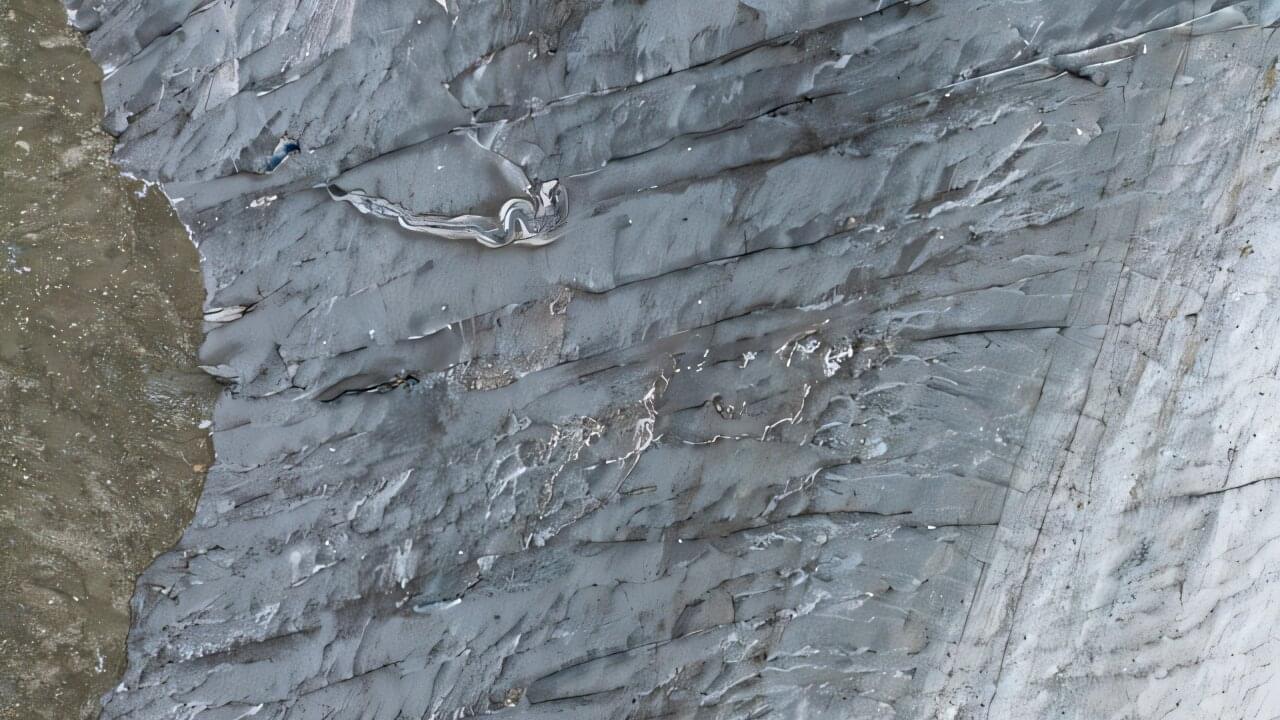Fiber optic cable deployed on a Swiss glacier has detected the seismic signals of crevasses opening in the ice, confirming that the technology could be useful in monitoring such icequakes, according to a report at the Seismological Society of America’s Annual Meeting.
Crevassing is important to the stability of glaciers, especially as they offer a pathway for meltwater to reach the rocky glacier bed to speed up the glacier’s movement and enhance melting. The harsh environment of a crevassed glacier, however, makes it difficult to place traditional seismic instruments to measure icequakes.
The source of seismic signals in an icequake differs from the shear forces of a tectonic earthquake or the explosive source of a chemical or nuclear detonation, explained Tom Hudson of ETH Zürich. A crevasse is a “crack source, where you have pure opening of a fracture just in one direction,” he said.
